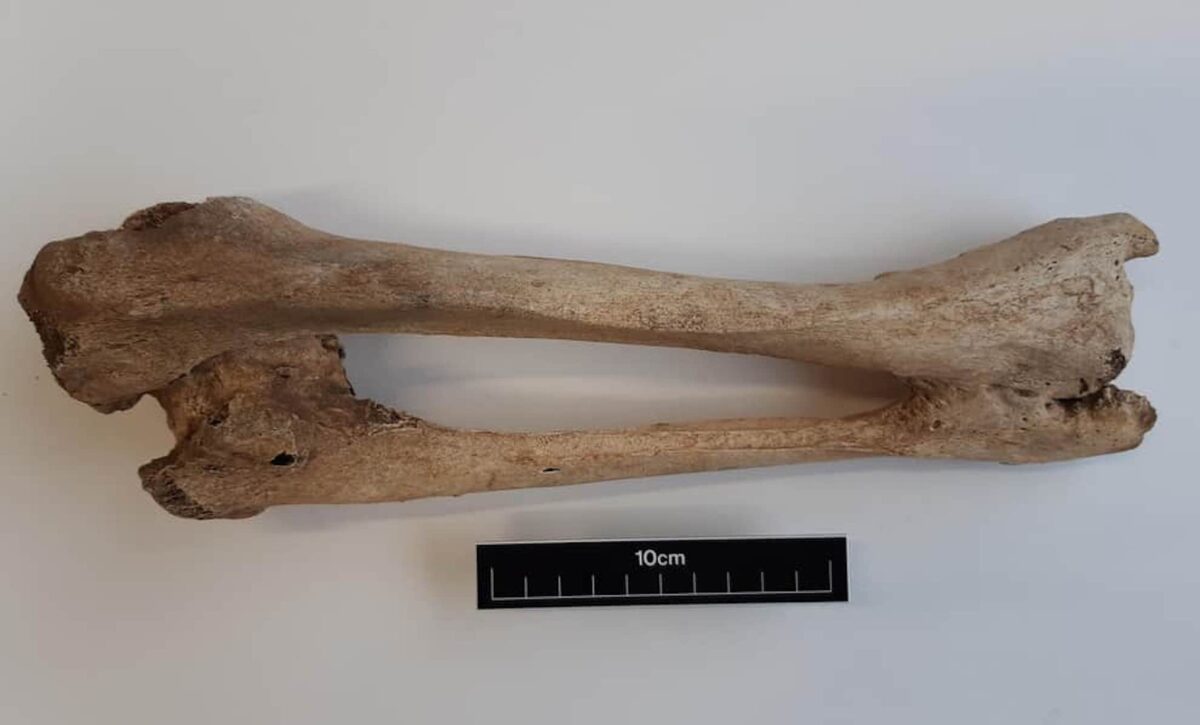Researchers have discovered that two men buried in a medieval graveyard in Donegal more than 1,000 years ago had a genetic condition which causes benign bone tumours.
The study by Queen’s University Belfast and Trinity College Dublin, which has been published in the European Journal of Human Genetics, is the first time a new disease mutation has been discovered in ancient genomic data.
The scientists were analysing skeletons from a burial site at Ballyhanna, where the remains of some 1,300 children, women and men were found during construction of the N15 Bundoran-Ballyshannon bypass.
The research team analysed genome sequences from the two affected skeletons and identified mutations in a gene called EXT1, which is known to be involved in Multiple Osteochondromas in modern patients.
The mutations found were different in the two individuals – one has been identified in some patients today, but the other has not previously been seen in sequencing data.
The researchers believe that life would have been particularly challenging for the men as the condition is rare, can be extremely painful and can lead to limb deformity.
It only occurs in 1 in 50,000 people and when it is found within a modern locality the affected people tend to be related. However, in this study the same rare condition occurred twice in the same parish but resulted from two different mutations – the lightning of genetic tragedy struck twice.
Read the full report on www.newsletter.co.uk
Tags:








